Art World
The Most Important Artists Are Also Activists—Plus 3 Other Takeaways From Art Review’s Latest Power 100 List
Glenn Lowry tops the annual survey, but anti-establishment movers and shakers are the real winners.
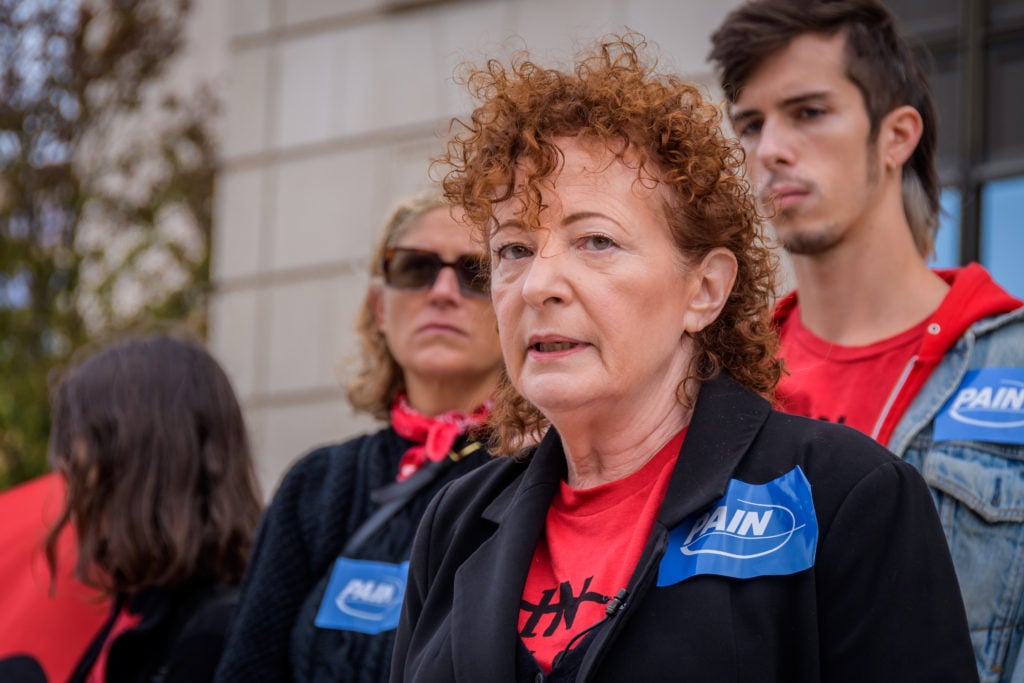
Glenn Lowry tops the annual survey, but anti-establishment movers and shakers are the real winners.

Kate Brown

Disruption is the big theme of the 2019 Art Review Power 100.
Ranking second on the influential list is the artist-activist Nan Goldin, who has spent the past year leading an anti-opioid crusade against members of the Sackler family at museums around the world. Meanwhile, the activist group Decolonize This Place, which has been protesting against billionaire museum trustees at the Whitney Museum of American Art and the Museum of Modern Art, among other institutions, is ranked at 19. The #MeToo movement, which last year was the third-most powerful force on the list, is still potent: this year, it is ranked at 21.
Other significant critical voices, led by the artist Hito Steyerl (ranked number four), also stand out this year. The German artist is joined by Felwine Sarr and Benedicte Savoy, the authors of a groundbreaking report calling on European museums to restitution colonial-era collections. Together, they are ranked sixth.
But there is a supreme irony in this year’s list: The number one slot is occupied by the Museum of Modern Art’s longstanding director, Glenn Lowry, who oversaw yet another MoMA expansion this year (his first was in 2004).
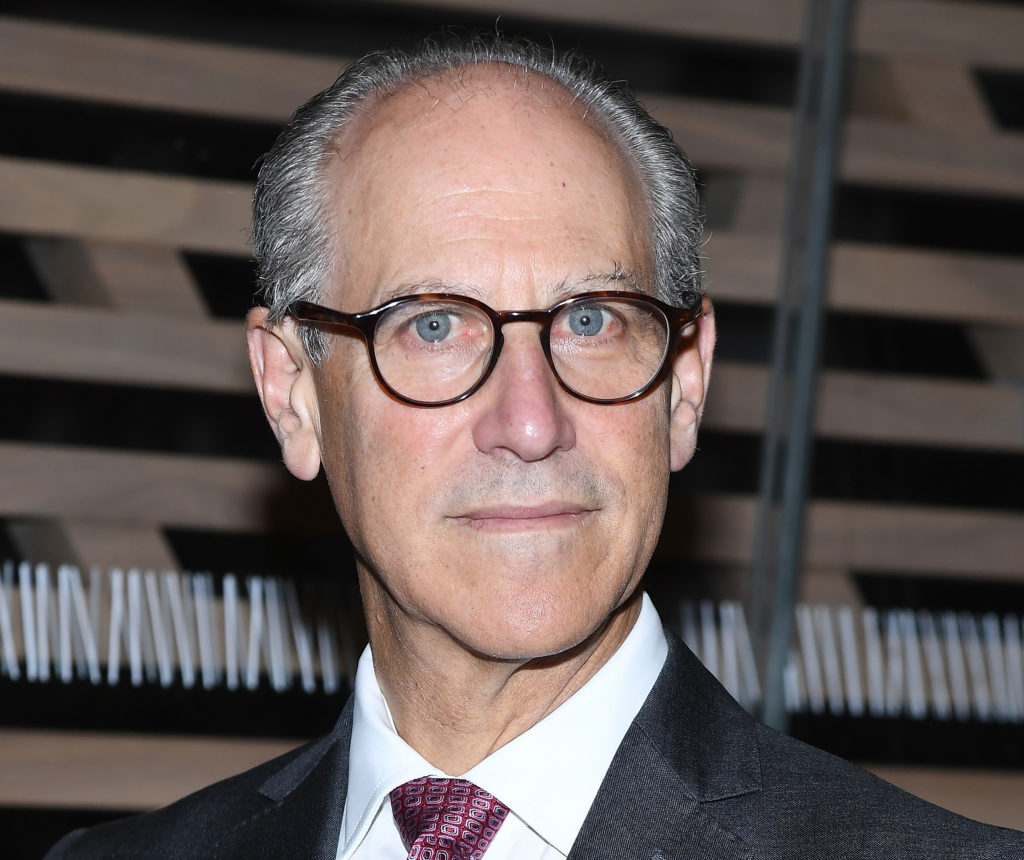
Glenn Lowry. Photo by Pascal Le Segretain/Getty Images.
That irony is not lost on Mark Rappolt, Art Review‘s editor-in-chief. “A retirement-aged, white American at the top in a year in which the process of acknowledging alternative, neglected, or suppressed discourses, histories, and geographies in art has been a theme,” he tells Artnet News.
The anonymously juried list also reflects the rise of the mega-gallery. Iwan and Manuela Wirth of Hauser & Wirth, the list’s most influential art dealers, are jointly ranked third, a couple of spots ahead of David Zwirner (ranked five), who slid back from his first place post last year.
The dealers have been going through a period of accelerated expansion: Zwirner opened a Paris branch this fall while Hauser & Wirth opened a hotel in the UK and announced an outpost on the island of Menorca.
But the power structures that once dominated the art world have been deeply shaken, Rappolt says. “The way in which the issues of ‘real’ life have crashed into the neatly framed discourse of art, for good and perhaps for bad, is key to the kinds of artists, curators, and thinkers who have risen up the list.”
The list is arranged annually by 30 anonymous international jurors after a two-month period of discussion reflecting on the past 12 months.
Here are the biggest takeaways from this year’s list, which you can see in full at Art Review.
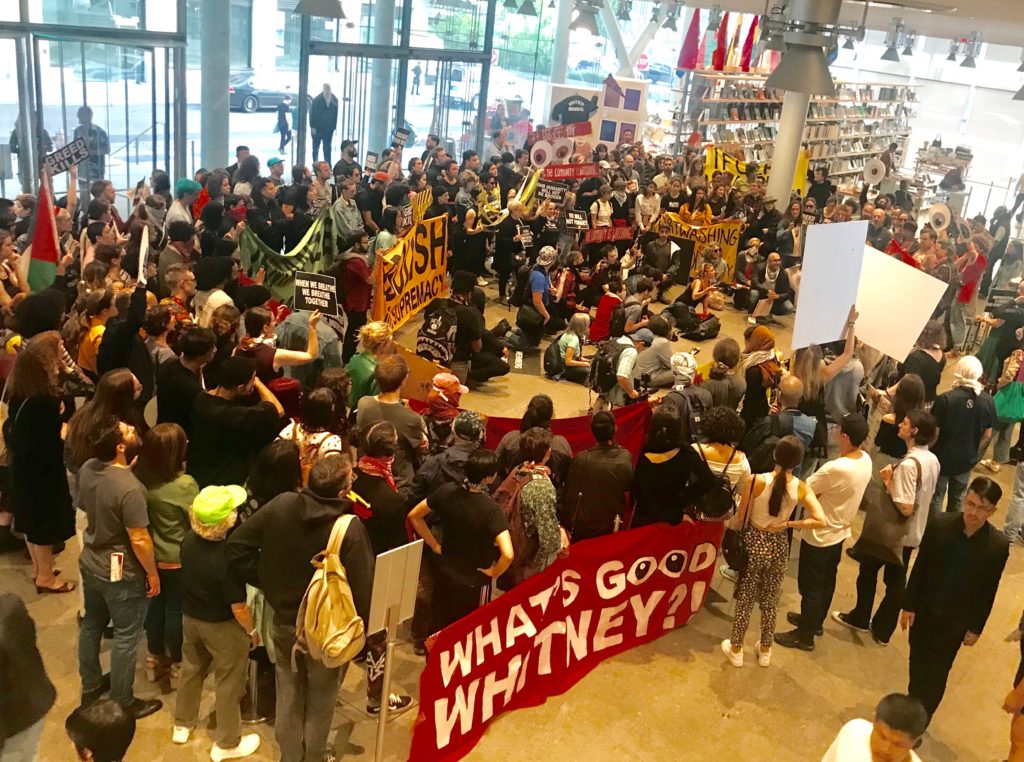
Protesters at the Whitney Museum. Courtesy of Decolonize This Place.
This year’s Art Review Power 100 should maybe be called the Power-Shifters list. More than half the figures in the top ten made their names this past year by campaigning against old power structures. Anti-establishment movements like Decolonize This Place and #MeToo, alongside groups like the Indonesia-based ruangrupa, the artist collective that is curating the next documenta in Germany, are all trying to tear down the status quo.
And though Glenn Lowry is certainly not anti-establishment, MoMA’s staggering $450 million expansion was driven by the ambition to totally rehang the museum’s collection to move away from traditionally linear displays of art history. (Not coincidentally, the Manhattan museum director was guided in part by Studio Museum director Thelma Golden, ranked seventh, who worked with him to launch a fellowship program for young curators at the two institutions.)
The art world’s sometimes problematic money sources have also come into question. Decolonize This Place, the largely New York-based movement, successfully pushed Warren Kanders out of the Whitney Museum, sparking further protests against other museum trustees at MoMA, the American Museum of Natural History, and the Brooklyn Museum. And so far, the demonstrations have shown no signs of abating.
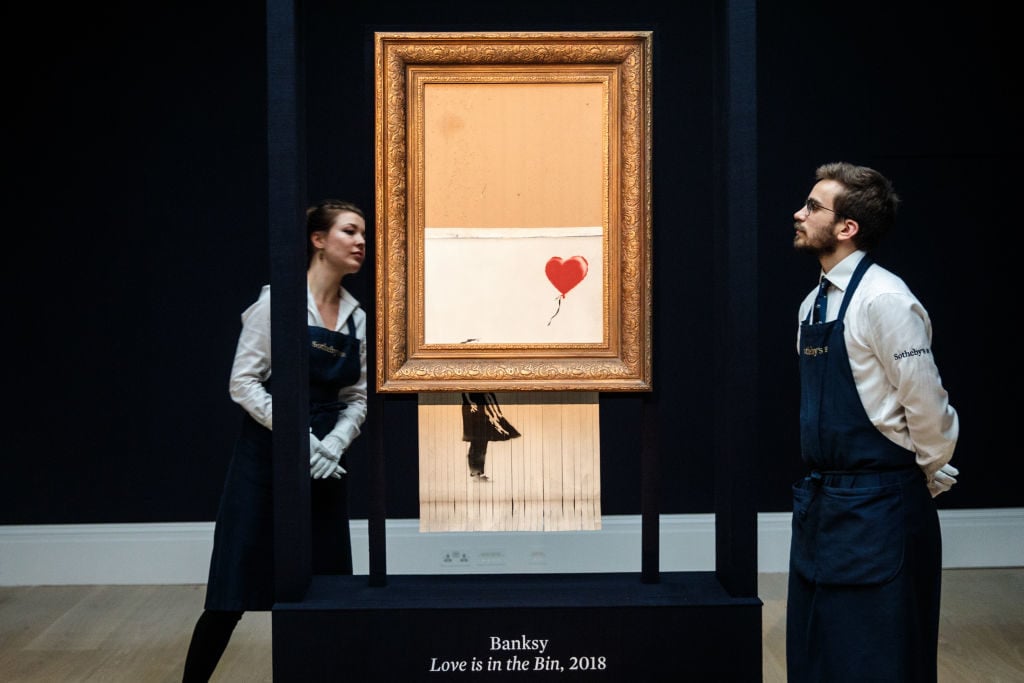
Sotheby’s employees view Love is in the Bin by Banksy. Photo by Jack Taylor/Getty Images.
Many may cringe at the sight of the street artist Banksy, who has made a grand entrance onto the list for the first time this year, while canonical artists like Marina Abramović have fallen off completely. But as much as some might wish it away, street art is an art-market force to be reckoned with. Banksy stunned not only the art industry, but also the outside world when he pulled a stunt at Sotheby’s last year that destroyed a work of his right after it sold.
And while some say it has no place in a museum, street art is addressing the topics of the Zeitgeist, all while making money for big-time collectors. Banksy put up a Brexit mural in a small UK port town not long before his Devolved Parliament went for $12.1 million at Sotheby’s London. Meanwhile, KAWS’s The KAWS Album shot even higher, making $14.8 million at Sotheby’s Hong Kong this spring. In fact, we are a little surprised that KAWS didn’t make the cut on this year’s Power 100… .
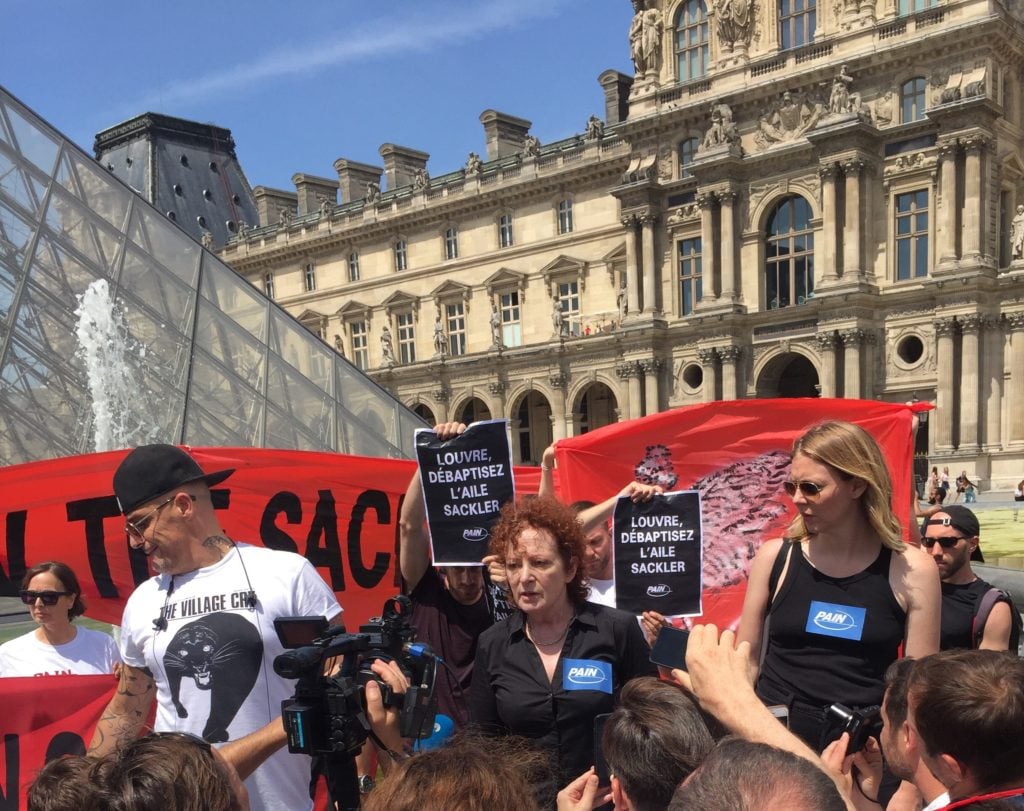
Nan Goldin speaking at a protest outside the Louvre. Photo courtesy Sackler P.A.I.N.
The two top artists on this year’s—Nan Goldin and Hito Steyerl—have very different practices. But neither is shy about her politics.
While Goldin beat on her Sackler drum, Steyerl spent the past year becoming increasingly vocal about world issues. Just last week, she spoke out in solidarity with Kurds on the border between Turkey and Syria, saying she did not want her work in public German collections to be shown until the country took a more active role in supporting the Kurds.
What’s more, in July, she finished a large commission at the Park Avenue Armory in New York that called out the National Rifle Association, and earlier this year, she released an app that made the Sackler name disappear from the Serpentine Galleries, proving that she has little fear of speaking truth to power.
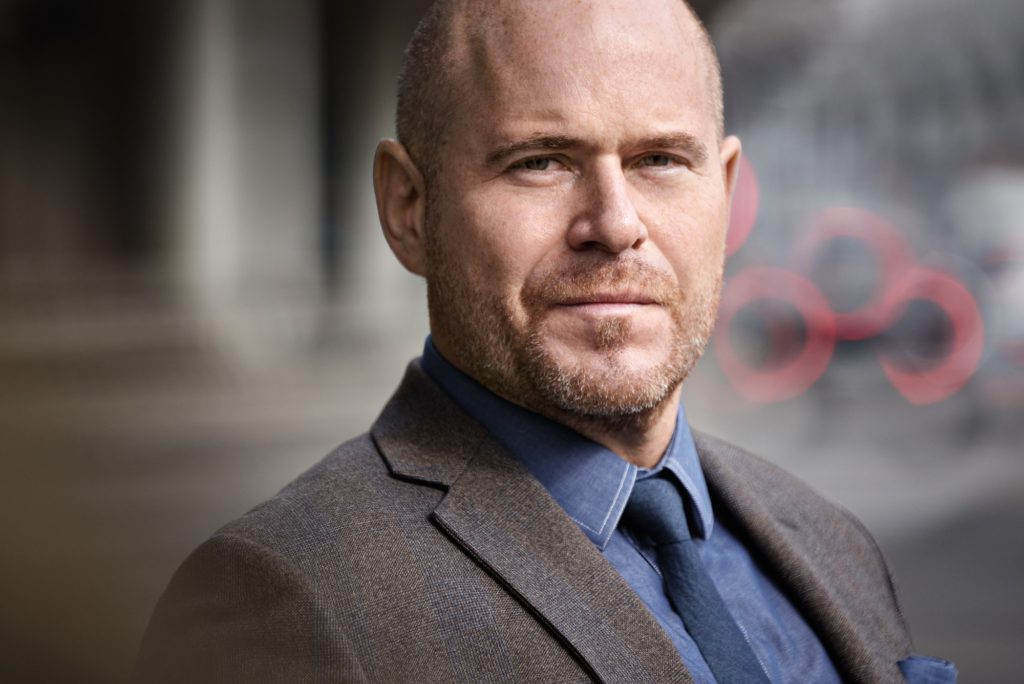
Art Basel director Marc Spiegler. Photo courtesy of Art Basel.
Considering how much the art market revolves around fairs, it’s a bit surprising how few fair founders or directors are on the list. But what’s even more shocking is that none are to be found in the top 20. Art Basel director Marc Spiegler, who held the 24 spot for the past two years, is down at position 38 this year.
Meanwhile, Frieze fairs executives Ari Emanuel, Matthew Slotover, Amanda Sharp, and Victoria Siddall have moved to the 93rd spot, up a few from 99 last year, perhaps owing to a successful first run of Frieze Los Angeles.
“Art fairs don’t really set the agenda for the type of art that’s being produced, or the discussions that revolve around art these days,” Rappolt tells Artnet News. “Perhaps you need to have something more to say than, ‘excellent sales across the fair,’ and to cater to more diverse audiences than fairs, with their VIP cards and pricey entry fees, can manage. Art’s discourse seems increasingly to be taking place elsewhere. And, let’s face it, art fairs are hardly going to be part of our eco-friendly future.”
Below is the full list of Art Review‘s Power 100 for 2019.